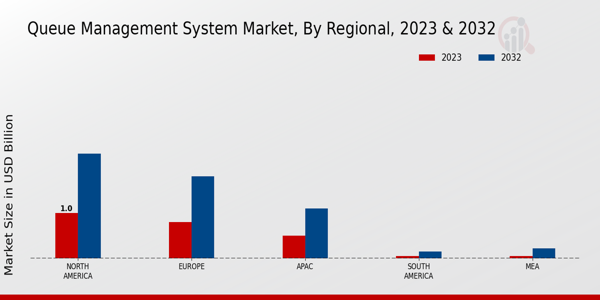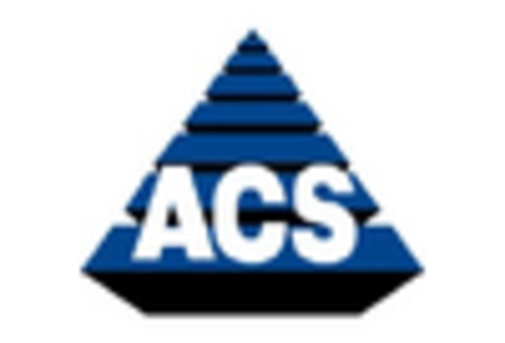Queue Management System Market Summary
As per Market Research Future Analysis, the Queue Management System Market was valued at 2.2 USD Billion in 2022 and is projected to grow from 2.4 USD Billion in 2023 to 5.2 USD Billion by 2032, reflecting a CAGR of 8.98% during the forecast period from 2024 to 2032. The market is driven by the increasing demand for enhanced customer experience and operational efficiency across various sectors, including retail, healthcare, and banking. The integration of advanced technologies such as AI and machine learning is further propelling market growth, enabling real-time monitoring and analytics for better decision-making.
Key Market Trends & Highlights
The Queue Management System Market is witnessing significant trends driven by technological advancements and changing consumer expectations.
- Market Size in 2023: USD 2.4 Billion; Projected to reach USD 5.2 Billion by 2032.
- CAGR during 2024-2032: 8.98%; indicating robust growth potential.
- Key applications include Banking (USD 0.72 Billion in 2023), Telecommunications (USD 0.48 Billion), and Retail (USD 0.6 Billion).
- North America holds the largest market share, valued at USD 1.0 Billion in 2023, expected to expand to USD 2.3 Billion by 2032.
Market Size & Forecast
| 2022 Market Size | USD 2.2 Billion |
| 2023 Market Size | USD 2.4 Billion |
| 2032 Market Size | USD 5.2 Billion |
| CAGR (2024-2032) | 8.98% |
Major Players
Key Companies include QueueMetrics, Sequent, Tensator, Xiphos, FlexiQ, Tavss, NQueue, Queuemeister, Waitwhile, Aptien, Qudini, Queuing Solutions, Acs Services, SITO, Qmatic.





















Leave a Comment